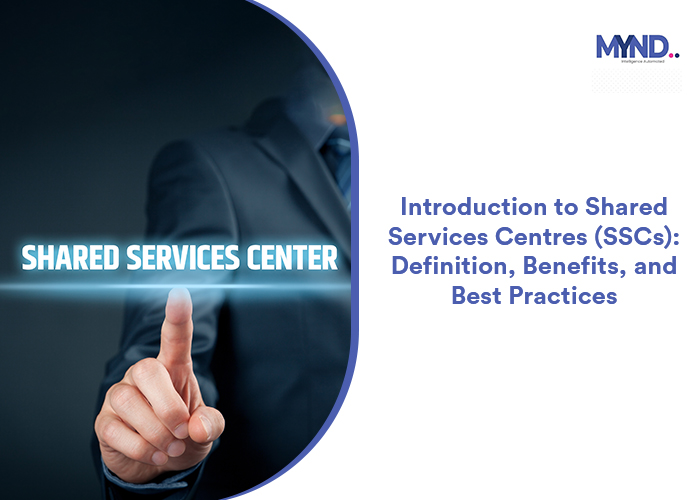Introduction to Shared Services Centres (SSCs): Definition, Benefits, and Best Practices
Shared Services Centres (SSCs) have become a popular model for businesses looking to centralise their support functions and reduce costs. In essence, an SSC is an internal unit that provides services such as HR, accounting, payroll, IT, and other administrative functions to various business units or departments within an organisation.
In this blog post, we will explore the definition of shared services centres, the benefits of implementing an SSC model, and best practices for successful implementation.
What
is a Shared Services Centre (SSC)?
A shared services centre is a centralised unit within an organisation that provides support services to multiple departments or business units. These support functions can range from HR and finance to IT and customer service.
The concept of shared services centres originated in the 1980s as a way for companies to centralise their back-office functions and improve efficiency. Over time, the model has evolved to include more sophisticated technologies and processes that enable businesses to streamline their operations and reduce costs.
Benefits
of Implementing an SSC Model
There
are several benefits of implementing a shared services
centre model within an organisation:
- Cost Savings: Implementing an SSC model can
help organisations reduce costs by centralising and consolidating their
support functions. By consolidating functions such as HR, payroll, and
finance, organisations can reduce their headcount and save on overhead
costs.
- Improved Efficiency: SSCs can improve efficiency by
standardising processes and procedures across departments or business
units. This helps to eliminate duplication of effort and reduces errors,
resulting in faster processing times and increased accuracy.
- Increased Control: SSCs provide a centralised hub
for support services, giving organisations greater control over their
processes and procedures. This helps to ensure consistency and compliance
across the organisation.
- Enhanced Service: By centralising support functions, SSCs can provide a more consistent and reliable service to business units or departments. This can help to improve employee satisfaction and reduce the risk of errors or delays.
Best
Practices for Implementing an SSC Model
Implementing
a shared services centre requires
careful planning and execution. Here are some best practices to consider when
implementing an SSC model:
- Define Objectives: Clearly define the objectives
and goals of the SSC model and ensure that they align with the broader
strategic goals of the organisation.
- Conduct a Needs Assessment: Conduct a needs assessment to
determine which functions should be included in the SSC model and identify
the level of service required.
- Standardise Processes: Standardise processes and
procedures across departments or business units to eliminate duplication
of effort and increase efficiency.
- Invest in Technology: Invest in technology such as payroll systems software and employee
payroll management systems to support the SSC model and improve
efficiency.
- Train Staff: Train staff on the new processes and procedures and ensure that they have the necessary skills to operate the new technology.
Conclusion
Shared services centres (SSCs) are becoming increasingly popular among businesses looking to streamline their operations and reduce costs. By consolidating various functions such as payroll, HR, and accounting into one centralised location, SSCs can help organisations achieve greater efficiency, standardisation, and accuracy. Additionally, SSCs can offer many benefits, such as increased agility, better compliance, and improved service delivery.
However, the successful implementation of an SSC requires careful planning and execution. Organisations must consider factors such as location, governance, technology, and talent to ensure that their SSC is set up for success. By following best practices such as establishing clear service level agreements, fostering a culture of continuous improvement, and investing in the right tools and technologies, businesses can maximise the benefits of their SSC and achieve long-term success.
At
MYND, we offer a range of shared services that help our clients optimise their
business processes and achieve greater efficiency. Our payroll
management system and employee
payroll management system are designed to simplify the complex payroll
process and ensure compliance with all relevant regulations. We have the
expertise and experience to help businesses set up and manage SSCs that are
tailored to their specific needs and objectives. Contact us today to learn more
about our shared services centre solutions.




Comments
Post a Comment